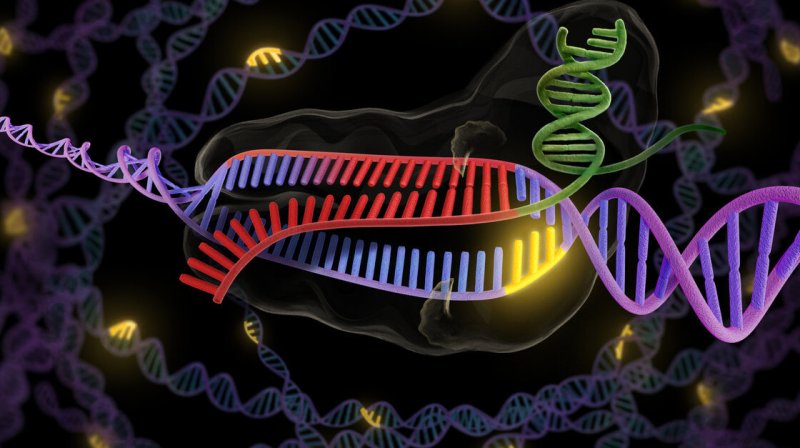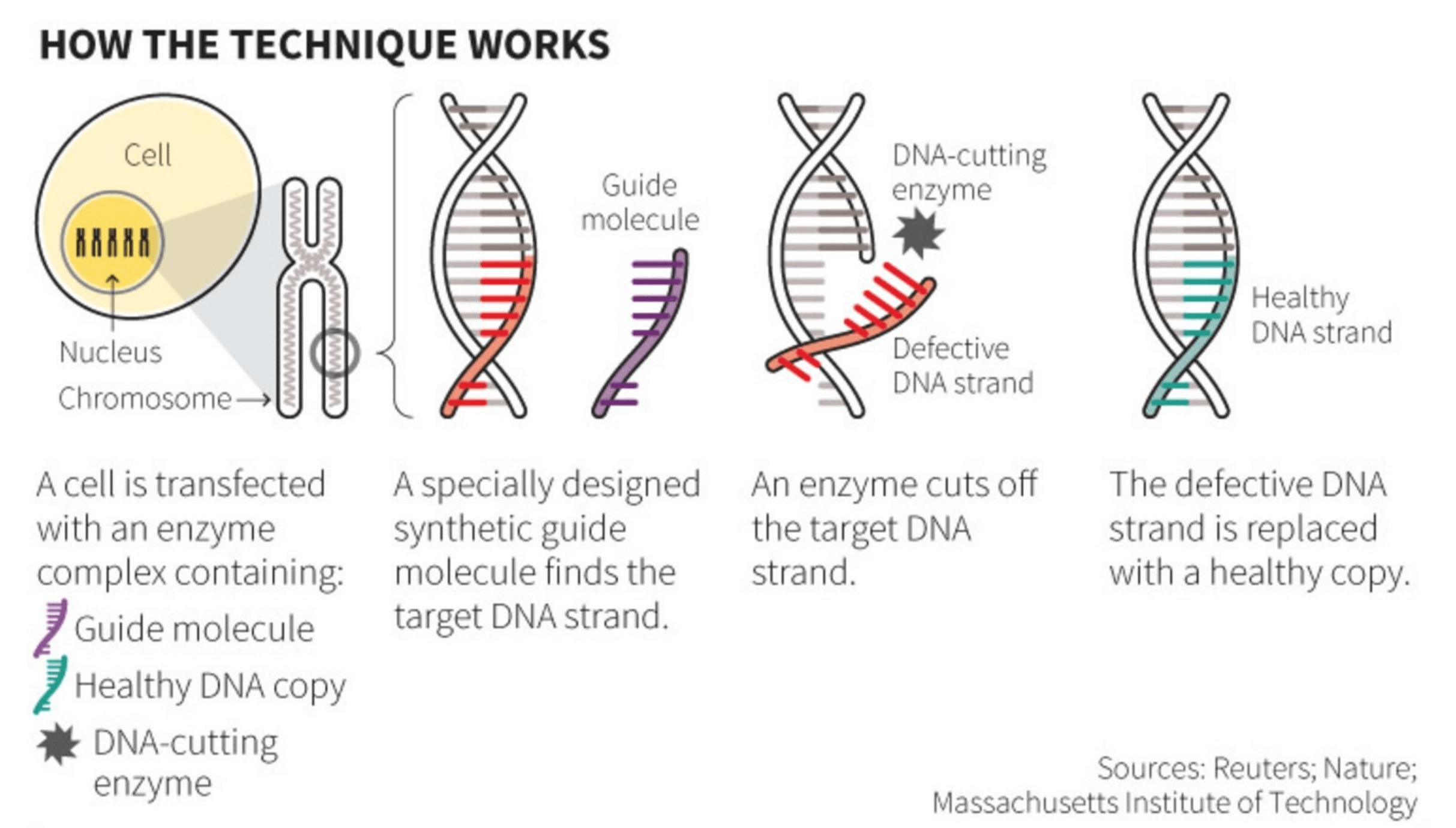CRISPR stands for “clustered regularly interspaced short palindromic repeats.” Those repeats are elements of the genetic code in DNA. Cas9 is an enzyme that can cut apart DNA. Bacteria fight off viruses by wielding the Cas9 enzyme to reorder those repeated genetic segments. Scientists recently figured out how bacteria do this. Now, in the lab, they use a similar approach to turn the microbe’s virus-fighting system into the hottest new lab tool.
…
This low-cost gene editor is easy to use. That has made it possible for researchers to delve into the basic mysteries of life. And they can do it in ways that used to be difficult if not impossible.
…
CRISPR/Cas9 in its original form is a homing device (the CRISPR part) that guides molecular scissors (the Cas9 enzyme) to a target section of DNA. Together, they work as a genetic-engineering cruise missile that disables or repairs a gene, or inserts something new where the Cas9 scissors has made some cuts.
…
“The original Cas9 is like a Swiss army knife with only one application: It’s a knife,” says Gene Yeo, […] an RNA biologist at the University of California, San Diego. But Yeo and others have bolted other proteins and chemicals to the dulled blades, [transforming] that knife into a multifunctional tool.
The GLP aggregated and excerpted this blog/article to reflect the diversity of news, opinion, and analysis. Read full, original post: Explainer: How CRISPR works
































